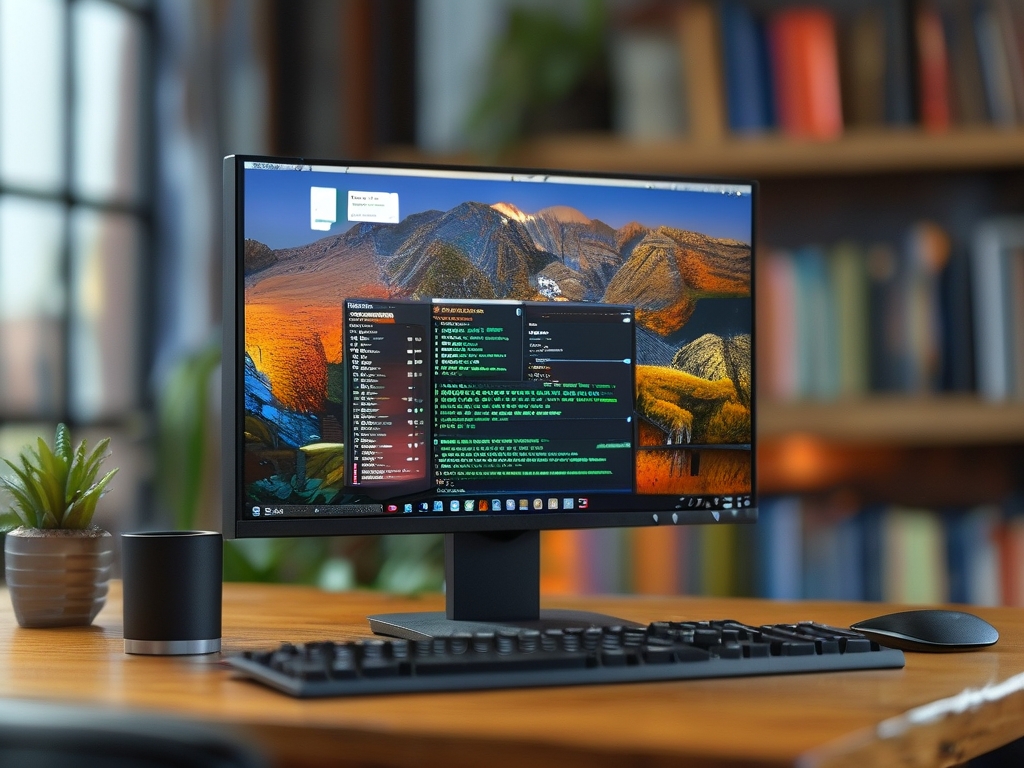In today’s digital age, managing memory usage permissions is critical for optimizing device performance, enhancing security, and ensuring apps function smoothly. Whether you’re using a smartphone, tablet, or computer, controlling which applications access your device’s memory can prevent slowdowns, data leaks, and unauthorized resource consumption. This guide will walk you through the steps to enable and manage memory usage permissions across various operating systems, including Windows, macOS, Android, and iOS.

Understanding Memory Usage Permissions
Memory usage permissions determine how apps interact with your device’s RAM (Random Access Memory) and storage. These permissions regulate:
- Background Processes: Apps running in the background can drain memory even when not in use.
- Data Access: Permissions control which apps read/write files to your storage.
- Resource Allocation: Prioritizing memory for essential tasks improves system stability.
Without proper management, apps may hog memory, leading to crashes, battery drain, or exposure of sensitive data.
Managing Memory Permissions on Windows
Step 1: Open Task Manager
Press Ctrl + Shift + Esc to launch Task Manager. Navigate to the Processes tab to view active apps and their memory usage.
Step 2: Adjust Startup Apps
Go to the Startup tab to disable apps that automatically run at boot. Right-click unnecessary apps and select Disable to free up memory.
Step 3: Control Background Apps
- Open Settings > Privacy & Security > Background Apps.
- Toggle off apps you don’t want running in the background.
Step 4: Use Resource Monitor
Search for “Resource Monitor” in the Start menu. The Memory tab provides detailed insights into memory allocation, helping you identify resource-heavy processes.
Configuring Memory Permissions on macOS
Step 1: Monitor Activity Monitor
Open Activity Monitor (Applications > Utilities) and click the Memory tab. Sort processes by memory usage to identify culprits.
Step 2: Manage Login Items
- Go to System Settings > General > Login Items.
- Remove apps that launch automatically at startup.
Step 3: Limit Background Processes
Use Terminal commands like sudo purge to clear inactive memory. For advanced users, tools like launchctl manage background services.
Android Memory Permission Management
Step 1: Restrict Background Data
- Open Settings > Apps > [Select App].
- Tap Mobile Data & Wi-Fi > Background Data and disable it.
Step 2: Use Developer Options
Enable Developer Options by tapping the build number seven times in About Phone. Then:
- Navigate to Running Services to view memory usage.
- Set Background Process Limits under Developer Options.
Step 3: Optimize with Built-in Tools
Many Android devices have a Memory or Device Care section in settings to automatically clear unused apps from RAM.
iOS Memory Management
Step 1: Close Background Apps
Swipe up from the bottom (or double-click the Home button on older devices) and swipe away unused apps.
Step 2: Disable Background App Refresh
Go to Settings > General > Background App Refresh and toggle it off for non-essential apps.
Step 3: Reset Memory-Intensive Settings
If your device slows down, reset settings via Settings > General > Transfer or Reset iPhone > Reset All Settings.
Common Issues and Solutions
- “App crashes due to low memory”: Close unused apps or upgrade your device’s RAM.
- “Unauthorized memory access”: Install antivirus software and review app permissions regularly.
- “Slow performance”: Use cleanup tools like CCleaner (Windows) or CleanMyMac (macOS).
Best Practices for Memory Management
- Regularly Update Software: OS updates often include memory optimization patches.
- Avoid Multitasking: Limit the number of open apps.
- Use Lightweight Apps: Opt for apps with lower memory footprints.
By following these steps, you’ll ensure your device runs efficiently while safeguarding sensitive data. Always tailor permissions to your needs—balance convenience with security for the best experience.









